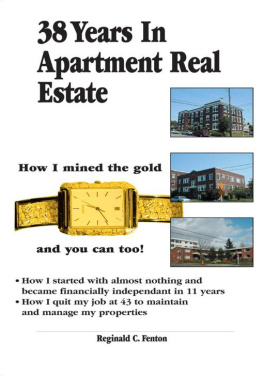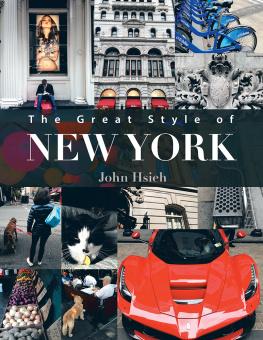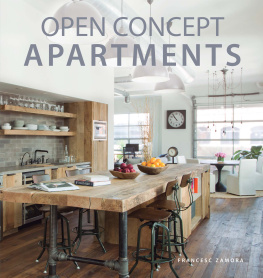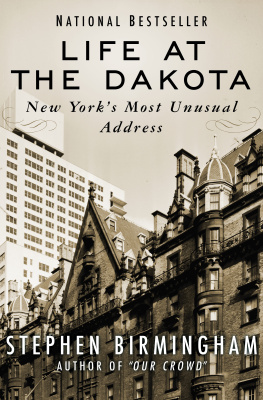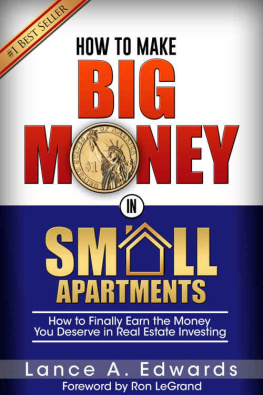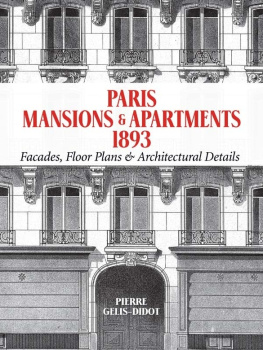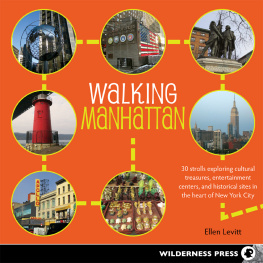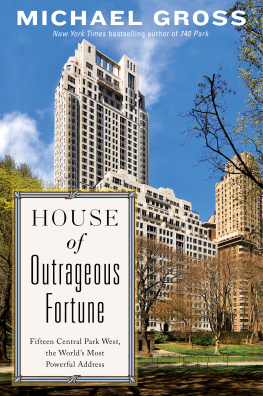


MANHATTAN LOCATIONS
Upper East Side: Fifth Avenue
| 810 Fifth Avenue |
| 820 Fifth Avenue |
| 834 Fifth Avenue |
| 907 Fifth Avenue |
| 960 Fifth Avenue |
| 998 Fifth Avenue |
| 1020 Fifth Avenue |
| 1030 Fifth Avenue |
| 1170 Fifth Avenue |
Upper East Side: Park Avenue
| 417 Park Avenue |
| 580 Park Avenue |
| 610 Park Avenue (Mayfair House) |
| 640 Park Avenue |
| 655 Park Avenue |
| 740 Park Avenue |
| 760 Park Avenue |
| 765/775 Park Avenue |
| 778 Park Avenue |
| 812 Park Avenue |
| 875 Park Avenue |
| 885 Park Avenue |
| 888 Park Avenue |
| 940 Park Avenue |
| 1040 Park Avenue |
| 1088 Park Avenue |
| 1120 Park Avenue |
| 1185 Park Avenue |
Around the Upper East Side
| Tudor City |
| 435 East 52nd Street (River House) |
| 14 Sutton Place South |
| 320 East 57th Street |
| 136 East 64th Street |
| 131135 East 66th Street |
| 115 East 67th Street (Millan House) |
| 19 East 72nd Street |
| 35 East 76th Street |
| 1 Gracie Square |
| 520/530 East 86th Street |
| 120 East End Avenue |
Upper West Side: Central Park West
| 41 Central Park West (Harperly Hall) |
| 55 Central Park West |
| 65 Central Park West |
| 101 Central Park West |
| 115 Central Park West (The Majestic) |
| 1 West 72nd Street (The Dakota) |
| 145146 Central Park West (The San Remo) |
| 211 Central Park West (The Beresford) |
| 300 Central Park West (The Eldorado) |
Upper West Side: West End Avenue
| 300 West End Avenue |
| 450 West End Avenue |
| 530 West End Avenue (The Sexton) |
| 800 West End Avenue |
Upper West Side: Riverside Drive
| 33 Riverside Drive |
| 90 Riverside Drive |
| 140 Riverside Drive (The Normandy) |
| 173175 Riverside Drive |
| 258 Riverside Drive (The Peter Stuyvesant) |
| 310 Riverside Drive |
| 315 Riverside Drive |
| 440 Riverside Drive (The Paterno) |
Broadway and around the Upper West Side
| 1 West 67th Street (Hotel des Artistes) |
| 2109 Broadway (The Ansonia) |
| 161 West 75th Street |
| 616 West 77th Street |
| 2211 Broadway (The Apthorp) |
| 15 West 81st Street |
| 221 West 82nd Street |
| 200 West 86th Street (The New Amsterdam) |
| 225 West 86th Street (The Belnord) |
Downtown
| 1 Fifth Avenue |
| 39 Fifth Avenue (Grosvenor Apartments) |
| 40 Fifth Avenue |
| 43 Fifth Avenue |
| 45 Christopher Street |
| 2 Horatio Street |
| 28 East 10th Street (Devonshire House) |
| 4050 East 10th Street |
| 59 West 12th Street |
| 242 East 19th Street |
| 36 Gramercy Park East |
| 44 Gramercy Park North |
| 60 Gramercy Park North |
| 1 Lexington Avenue |
| London Terrace |
INTRODUCTION: THE MANHATTAN PREWAR APARTMENT HOUSE
For many New Yorkers, real estate is an obsession. Dinner-party discussions quickly turn to addresses, views, lobbies, and maintenance fees. Its an expensive and arduous struggle to find a home you love; the hunt involves walking through many apartments that are overpriced letdowns. You may find it difficult to suppress a surge of real estate envy when visiting friends perfect new places, listening to their long stories about the lucky happy ending that occurred just after they had lost all hope of finding a home. We yearn for what we probably cant ever afford: one of those extraordinarily beautiful apartments we see in glossy magazines and real estate ads, flawlessly designed right down to the doorknobsthe trophy homes, photographed with celebrity owners who describe their regular jaunts to the Paris flea markets to find just the right side table.
Prewar apartment houses, constructed between 1870 and 1935, contain some of the most consistently desirable homes in the city. On average they cost significantly more than their newer counterparts; these great works of architectural design almost never come on the market because residents cant imagine leaving, except feet first. New Yorks prewars ignite extraordinary passion; living in a prewar designed by one of that eras celebrated architects in one of their best buildings is a priceless luxury, often marking a persons entry into high society.
Walking along Manhattans Park Avenue or the streets of the Upper West Side, you may wonder how this passion for prewars originated. Though pleasant, their architecture is generally calm and unexceptional. A location on Fifth Avenue overlooking Central Park is impressive, but arent they just nice apartment buildings?
If you have the opportunity, visit a few of these apartment homes for a firsthand look. Perched high above the noisy streets, filled with light, and sometimes commanding spectacular skyline views, prewars have come to define the elegance and glamour of living in New York City. They have the beauty, proportions, and elegance of private houses; prewars were deliberately designed to convince families to give up their town houses, matching or surpassing them architecturally while providing the luxuries of twenty-four-hour doormen and a dedicated superintendent. Some buildings even had a private dining room and chef facility. They are quiet, and the air is fresh and cool. Instead of the gritty city being on the other side of a thin wood front door, theres always a doorman or two watching the street for you. Near good schools, restaurants, museums, and all the city offers, they offer privacy, security, and stately architecture, with an almost obsessive attention to detail in the woodwork, fine wood floors, moldings, brass door handles, and many other handcrafted features.
Next page

